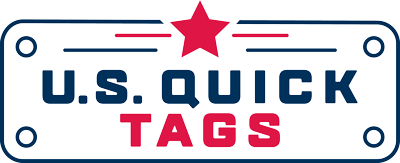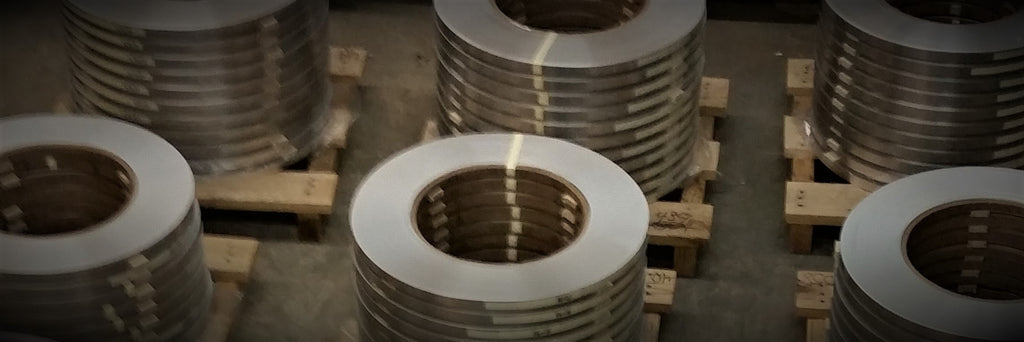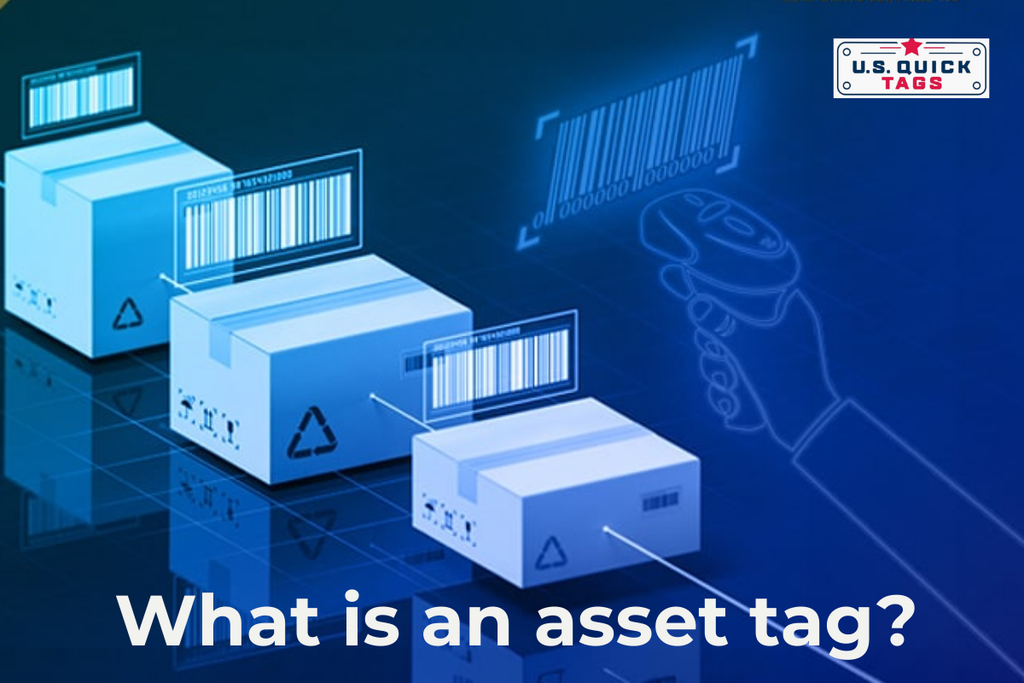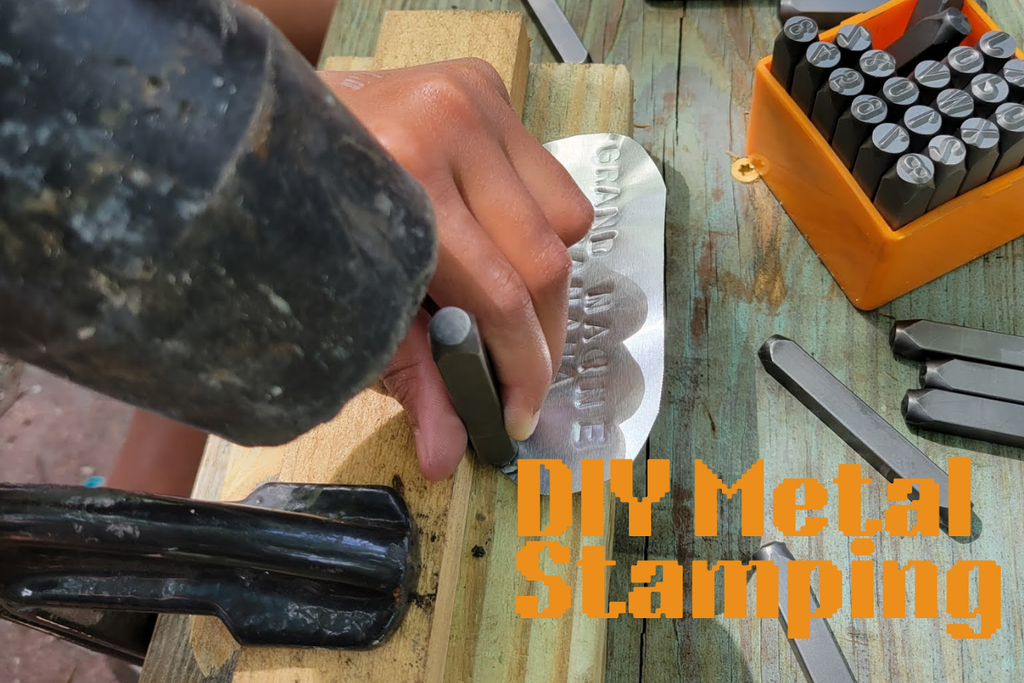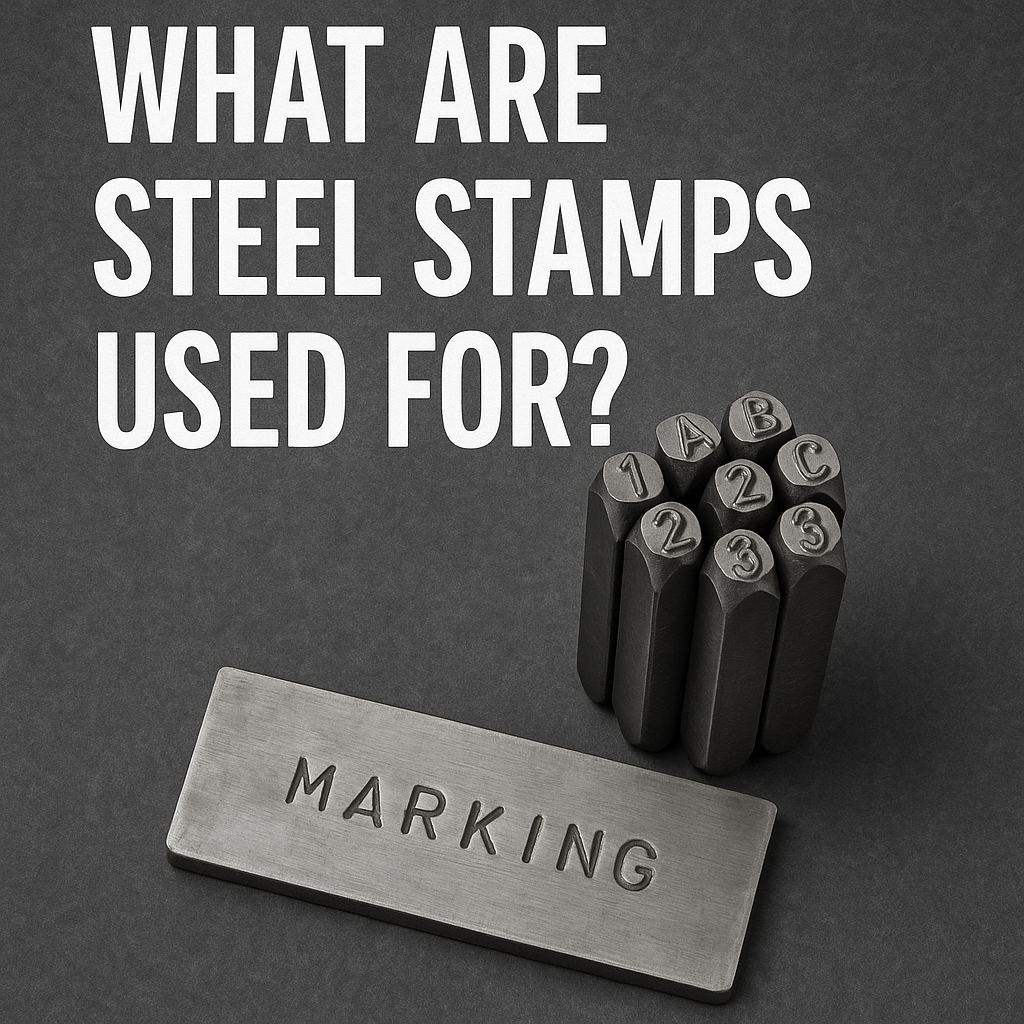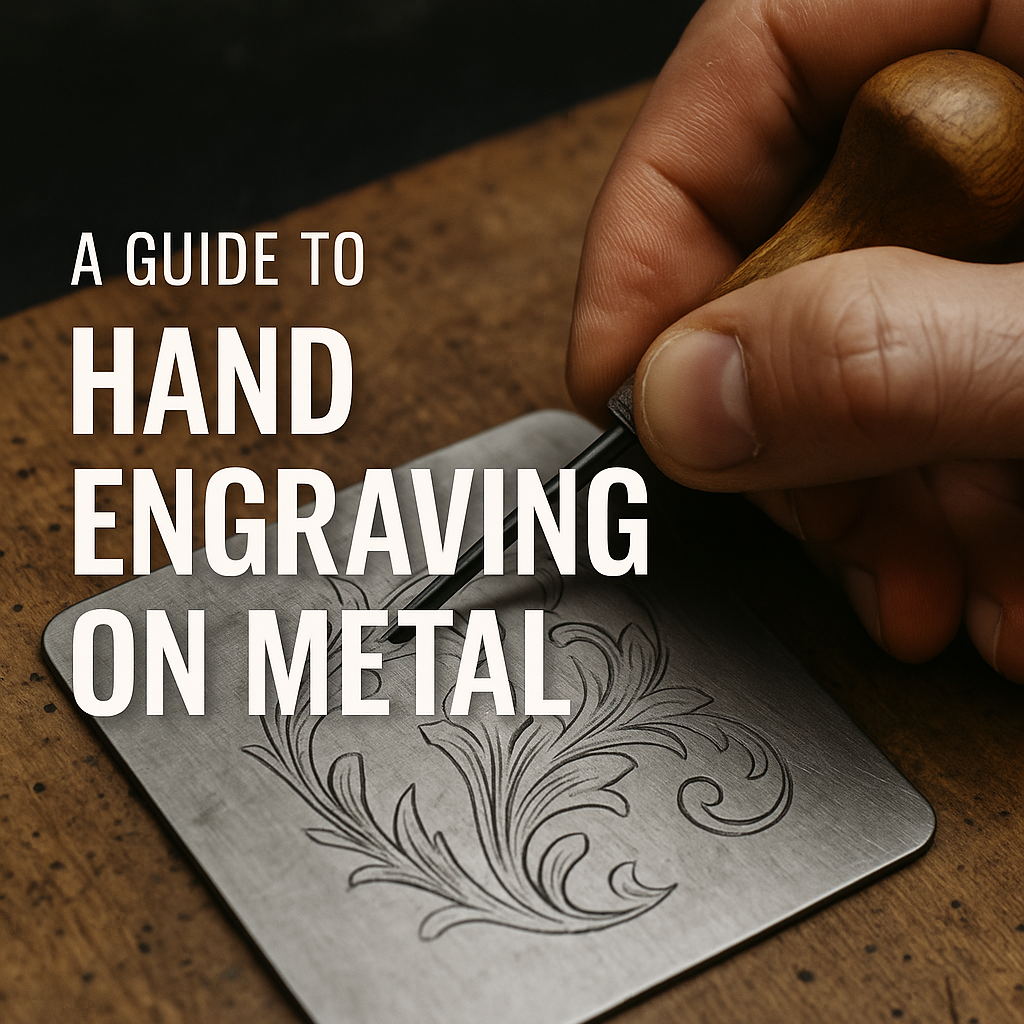Blank Tag Materials: Many Choices for Many Applications
- USQuickBlogs
- 30 Sep, 2019
Blank metal tags are produced with a wide variety of materials. Common materials include aluminum, anodized aluminum, brass, cold rolled steel, and stainless steel. Choosing the right material for your application should be based on the environment and abuse the tags are going to see.
Visual Preferences
Aluminum material is typically a little brighter in appearance, providing easy location in darker areas. Anodized aluminum allows you to add color to the plates for color coding, and visual warnings.
Stainless steel material is visually similar to aluminum, although it is commonly a duller finish. This can be beneficial outdoors or in bright lighting to prevent a blinding reflection. In addition bright tags can make some markings difficult to read.
Brass starts as a bright golden appearance but will tarnish over-time, giving that vintage rustic appearance. This can be used for a more “high-end” look for furniture or similar applications.

Cold rolled steel features a “flat grey” appearance to it. This is often used in construction, machining and other industrial applications. It is sometimes coated or painted to prevent rusting.
While the usage is also important, appearance can be an important factor in your decision making process.
Environment
Knowing the environment your tags will be exposed to is key when it comes to choosing the right substrate.
Aluminum and stainless steel are both great for outdoor applications as neither material will rust. However, if chemicals are involved that may destroy aluminum, stainless steel may be a better option for you.
Anodized aluminum allows for color to be added to the tags while also providing some extra protection to corrosion and outdoor exposure.

Cold rolled steel will rust over time unless it is coated. If you plan on welding the tag to a machine and coating the machine with paint afterwards cold rolled steel is a great option.
Brass material is a popular choice for its appearance, but is also durable as well. This material holds up well in high temperatures, and is resistant to corrosion. However, brass will oxidize over time. This can be a negative or a benefit depending on your organization’s needs.
Applications
Aluminum is often used for indoor applications. This material is lightweight, bright, easy to read, and very durable making it a viable solution for a vast array of applications.
Color coding with anodized aluminum is useful for processing facilities such as telecommunications, water treatment, and energy industries.
While aluminum can handle the elements, stainless steel is typically preferred for outdoor use. Stainless is used in many industrial applications such as mining, nuclear, and food processing, due to the noncorrosive nature of the material. For example, nuclear facilities require all components inside the facility to be stainless steel (even tags).
Cold rolled steel is raw steel material. Think waste management containers, machinery, and job shops. Cold rolled steel tags are commonly welded to equipment and then powder coated with the machine so the tags “blend in” with the machine. Another example is job shops who track machines through the process and then simply throw the tags away afterwards.
Brass material is common in the plumbing and electrical industry because of its ability to handle hot water and electrical currents. This is also a popular choice for artistic furniture, sculpture and other manufacturers.
Wrap-Up
Blank tags are a highly effective tool in many situations. Selecting the right material can have a lot to do with the environment the tag will be used in and the appearance you are looking for.
